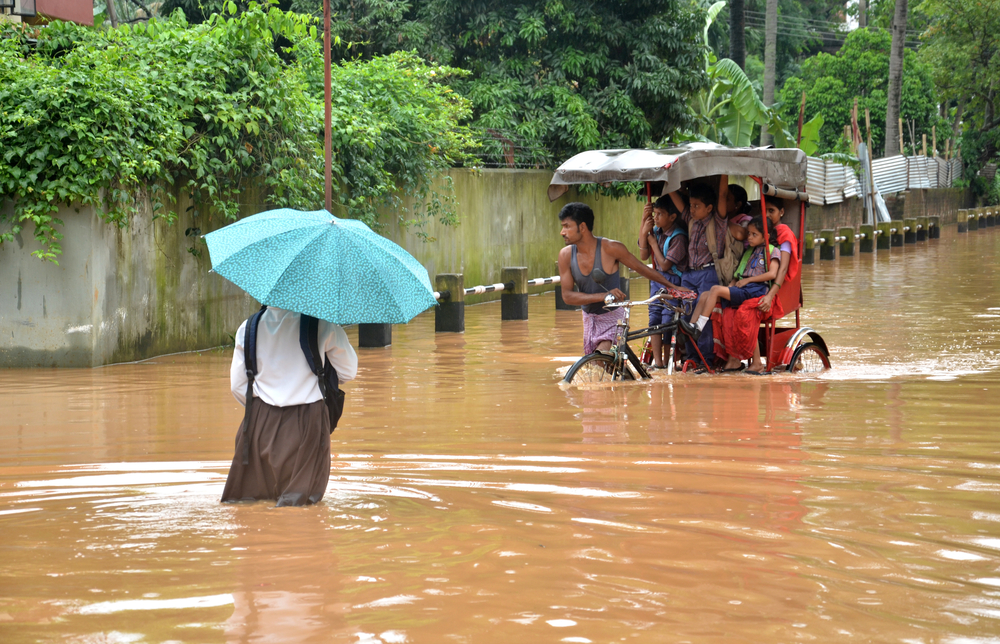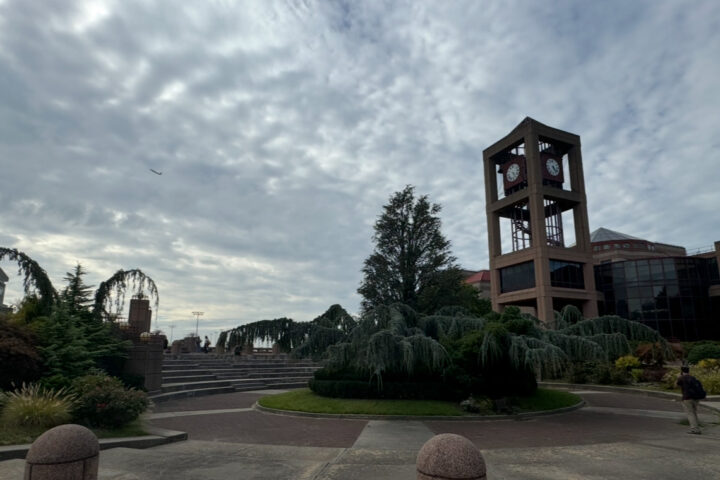Amid the pandemic, we’ve had the opportunity to observe the beauty of nature while staying at home, going for walks and maybe spending a bit more time out in the sun for a change of scenery. Luckily, we are fortunate enough to live in a place where there is less pollution, but that is not the case for other countries. Southeast Asia is reported to be facing more severe consequences of climate change than the rest of the world, according to the business and economic research arm of the consulting firm McKinsey & Company.
“Asia faces climate hazards with potentially severe socioeconomic impacts and thus has a keen interest in playing a front-line role in addressing the challenges,” Jonathan Woetzel, a director at McKinsey Global Institute, said.
It is estimated that by 2050, between $2.8 trillion and $4.7 trillion of gross domestic product in Asia will be at risk every year from a loss of effective outdoor working hours due to higher temperatures and humidity, according to the report.
Asian countries with lower levels of per capita gross domestic product would be the most at risk with their population facing the brunt of it, the McKinsey report said. This is because they are more exposed to extreme climates than the wealthy, relying more on outdoor work and natural capital, and may have fewer financial means to adapt.
Chuixiang Yi, professor at Queens College for the School of Earth and Environmental Sciences commented on the correlation between the economic success and the environment from the McKinsey report. “Simple relationship between the economy and environment is inversional, one becomes worse and the other is better,” said Yi.
McKinsey also highlighted some of the potential climate hazards that countries in Southeast Asia face. They were referred to as “Emerging Asia” in the report, and consist of Cambodia, Indonesia, Laos, Malaysia, Myanmar, the Philippines, Thailand and Vietnam.
Countries in the region are set to experience an increase in heat and humidity. By 2050, in an average year, anywhere between 8% and 13% of GDP could be at risk in those countries due to rising heat and humidity.
Chances of extreme precipitation could increase three to four-fold by 2050 in Indonesia.
While flooding is a common occurrence in Vietnam’s Ho Chi Minh City, resulting in infrastructure damage could mount up to between $500 million and $1 billion by 2050, with knock-on costs ranging between $1.5 billion and $8.5 billion.
The Center For Strategic & International Studies (CSIS) has an article that addresses the concerns the McKinsey report points called “Southeast Asia’s Coming Climate Crisis” by David Dennis. “By 2050, daily high tides will flood the areas where over 48 million people in Southeast Asia now live, while predicted average annual flood levels would inundate the homes of over 79 million. At the same time, the direct threats of sea-level rise and superstorms will compound food and water insecurity throughout the region. All of these impacts, which will disproportionately affect the poorest and most marginalized communities, will contribute to political instability and damage local and national economies.”
However, Asia is still a developing country and its infrastructure as well as its urban areas are still under heavy construction. With that being said, they may be able to build infrastructure that can withstand the extreme climate changes and severe events.
“Physically, a warming climate would make the air hold more moisture and hence theoretically, storm systems like hurricanes would become stronger. Extreme weather would become frequent with ongoing climate change,” said Yi in relation to why climate change would be a critical challenge for Southeast Asia.
If you can, please donate to the following organizations to help.
http://www.climatenetwork.org/profile/member/climate-action-network-south-east-asia-cansea
https://www.wri.org/blog/2017/11/asean-countries-must-act-together-confront-climate-change











